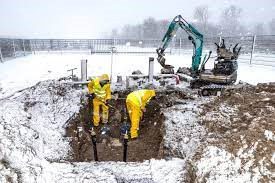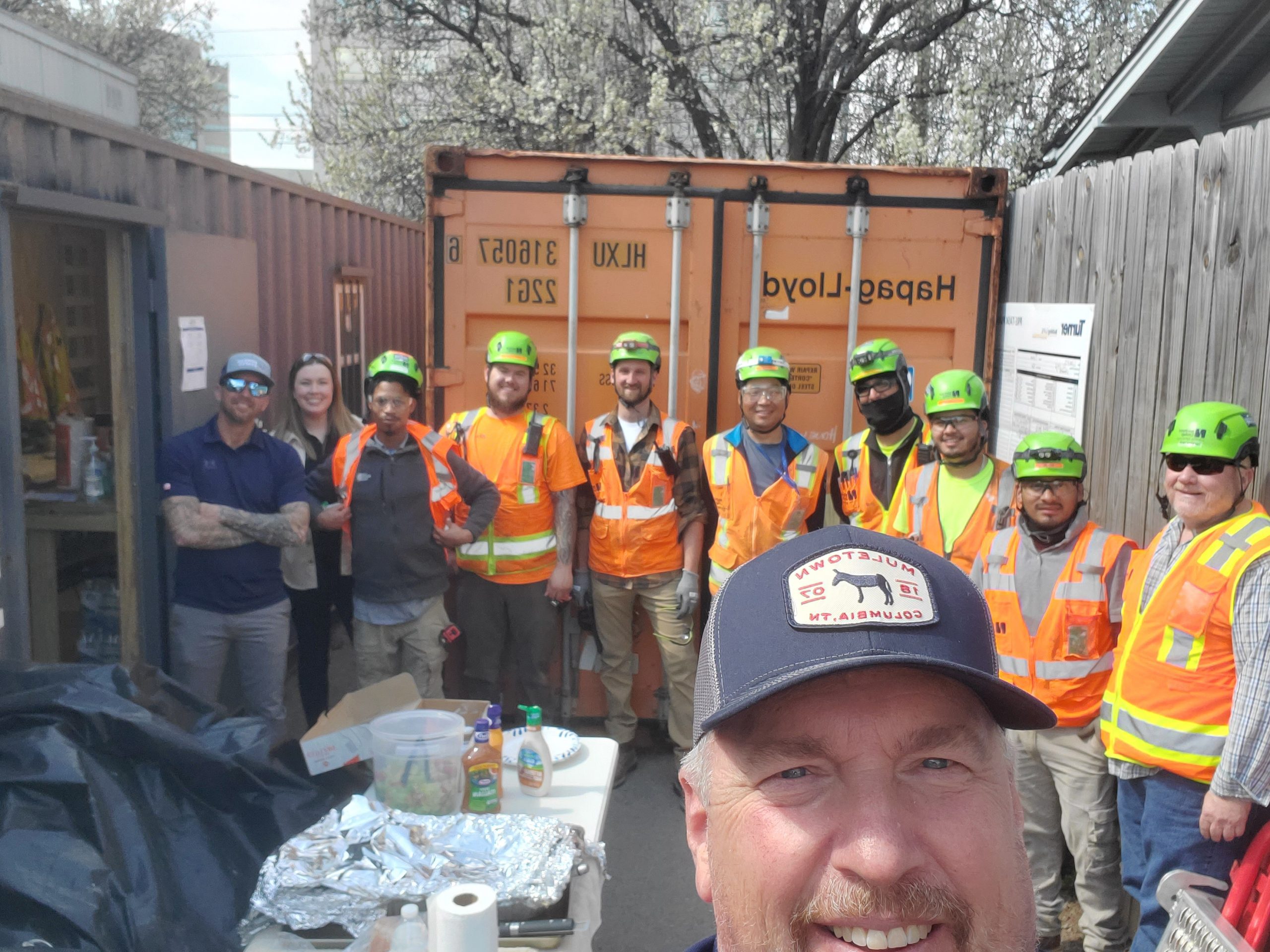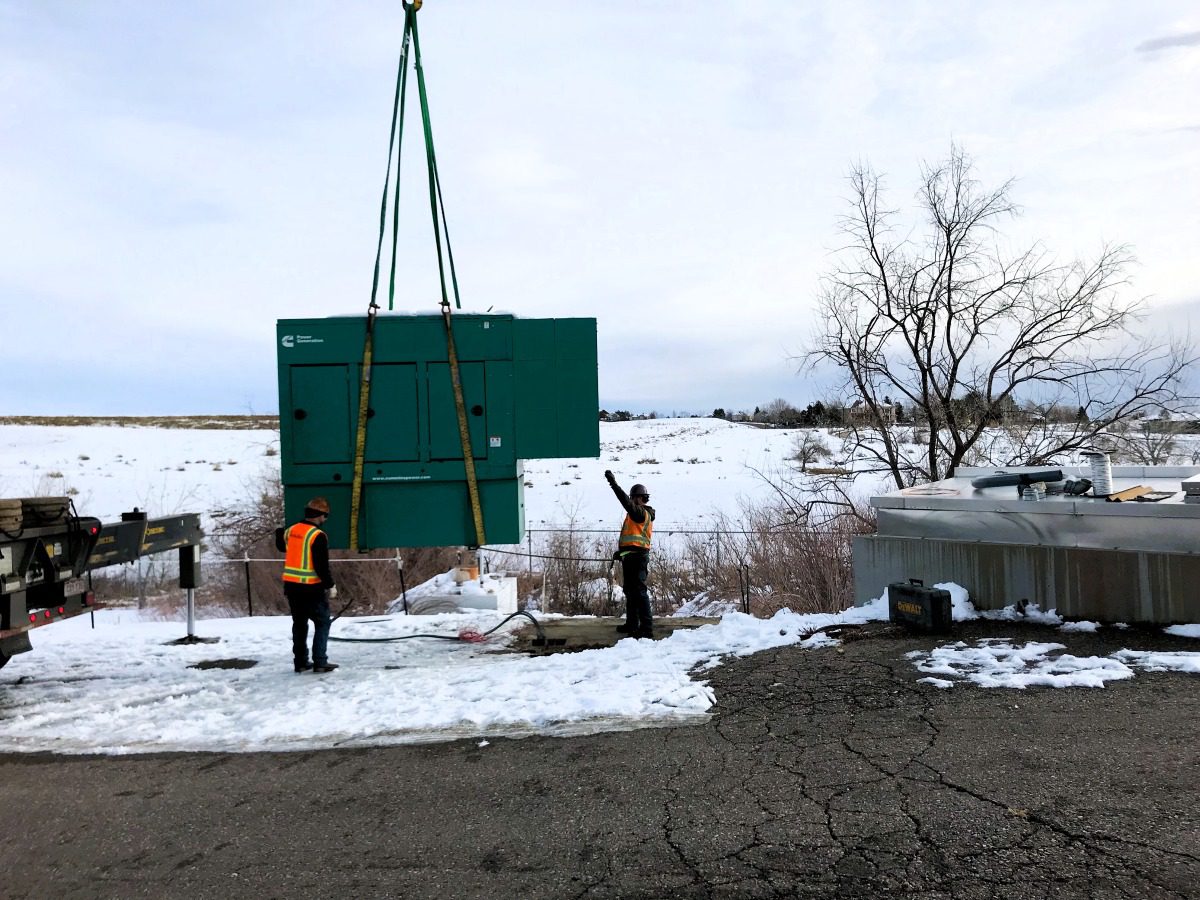Spring is upon us once again — and with the spring season comes spring storms and snow, in many areas. If you have projects in areas where it snows — this means it’s time to begin preparations to protect your employees and projects. Cold weather can take a toll on your body, especially when you factor in wind chill…so it’s important to take the necessary precautions.

Stay Safe in the Extreme Cold
Spring storms and extremely cold temperatures pose serious threats to worker safety and project completion. Take steps now to ensure your workers will be safe and your projects protected!
7 Important Spring Storm Preparation Tips
Cold weather, snow, and ice slow down the human body and cause project delays, challenges, and worksite hazards. While you can’t prevent every delay and storm, worker safety is essential. Give your workers the comfort of knowing you’re protecting their safety with the following preparation tips:
1) Minimize Exposure to Freezing Temperatures
While workers who are unaccustomed to working in freezing temperatures are the most susceptible to the health hazards of cold weather, the extreme cold affects everyone. From hypothermia and frostbite to damaged blood vessels, the potential risks are serious to severe. If there is work that that’s impossible to reschedule—which is inevitable—provide your employees with warming stations and warm beverages.
2) Prevent Icy Slips
Require footwear with adequate traction to reduce the risk of slipping on icy surfaces. Encourage your employees and workers to also take shorter, slower steps to help maintain balance in slippery conditions.
3) Remove Snow and Ice Safely
Construction is dangerous enough under normal conditions without the additional hazards of snow and ice. Remove all ice and snow before beginning work and place salt or sand on large patches of ice. Cold temperatures constrict arteries which increases the risk of heart attack. For this reason, no one with existing heart attack risk factors should be involved in snow shoveling.
4) Train Workers on Cold Weather Illnesses and Injuries
Knowing the symptoms and warning signs of cold-related illnesses and injuries is essential to keeping your workers safe. Train your workers to identify these symptoms and warning signs in themselves and in each other and to call for emergency help right away. Provide information and resources to your employees such as OSHA’s cold stress quick card, which outlines prevention and treatment of cold-related illnesses.
5) Require Proper Clothing and Gear
Workers should dress in warm, loose layers to promote adequate blood flow. The inner layer should be well-insulated and moisture-wicking and the outer layer should be waterproof. Waterproof, insulated boots with heavy-duty traction along with warm socks are advised for foot protection. A hat and gloves with grips for extra traction are also a must.
6) Discourage Caffeinated Beverages
Caffeine can increase workers’ heart rates which creates a false sensation of warmth. This may deter workers from seeking additional warmth when they need it. Instead, provide plenty of water and encourage your workers to drink water often throughout each day for hydration.
7) Provide a Warm Area for Breaks
While working outside in the cold weather is inevitable in construction, workers still need a warm place to take a break. Whether a heated area indoors or a covered area heated with portable heaters, they need somewhere to warm and hydrate their bodies. It’s also a good idea for employees to keep extra clothes, warm drinks, and blankets there.
With some prior planning and training – and plenty of supplies on hand – you and your crew can ensure you stay safe, no matter the weather! Until next time…Work Safe & Be Safe!




